Corporate Social Responsibility: Historical Evolution and Analysis
VerifiedAdded on 2022/09/25
|12
|689
|22
Report
AI Summary
This report presents a literature review on the history and evolution of Corporate Social Responsibility (CSR). It examines the factors that have shaped the understanding and definition of CSR, including academic contributions, international policies, and social and political events. The review traces the evolution of CSR from its early stages in the 1930s, highlighting key historical events, such as the rise of social movements and the increasing focus on stakeholder engagement. The analysis explores the changing social expectations of corporate behavior, the implementation of CSR in business, and the strategic dimensions of CSR, including its impact on financial stability, employee engagement, and environmental sustainability. The report concludes by emphasizing the relationship between social expectations and the understanding and implementation of CSR for creating shared values and addressing current social expectations.
1 out of 12
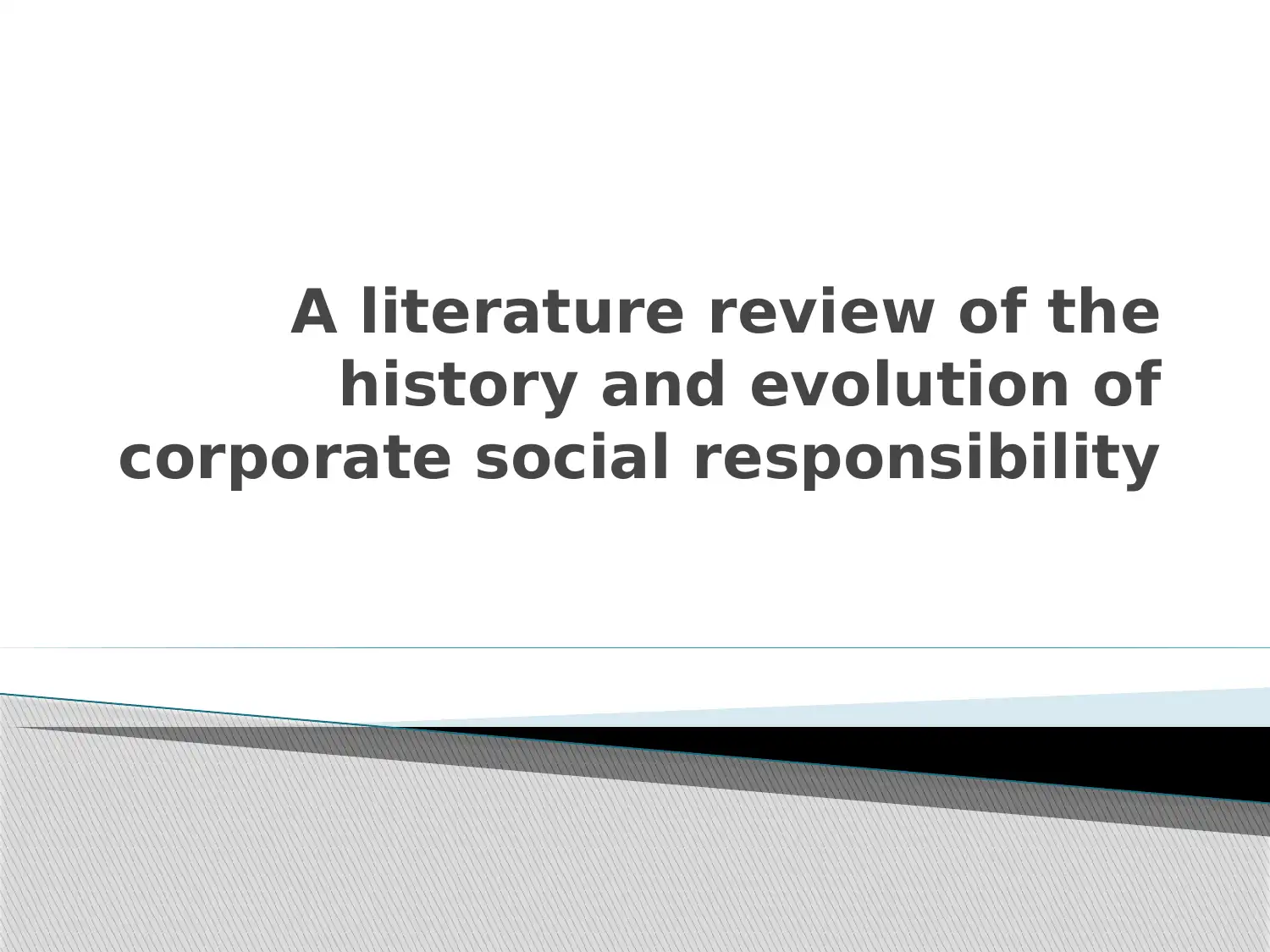
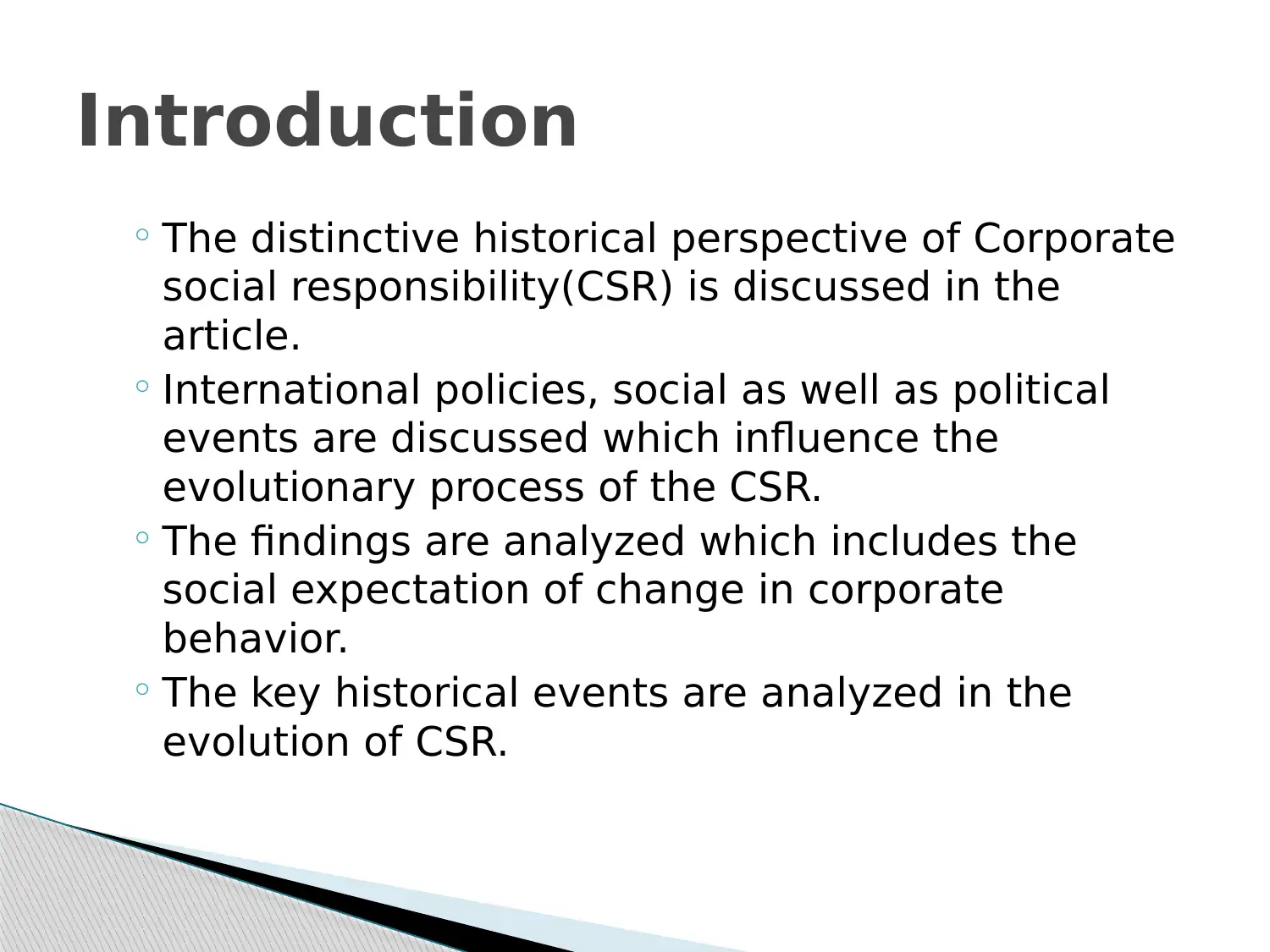
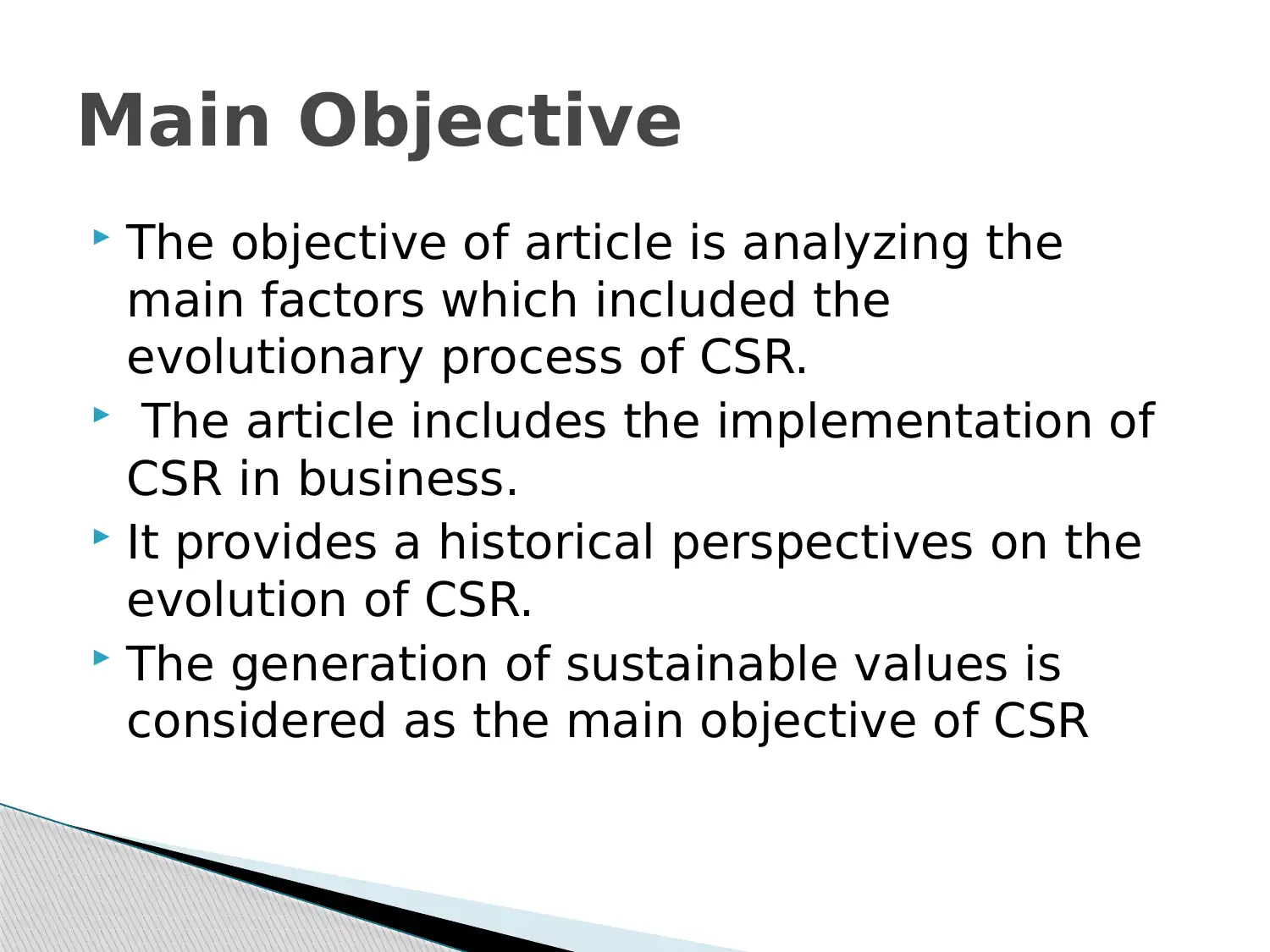

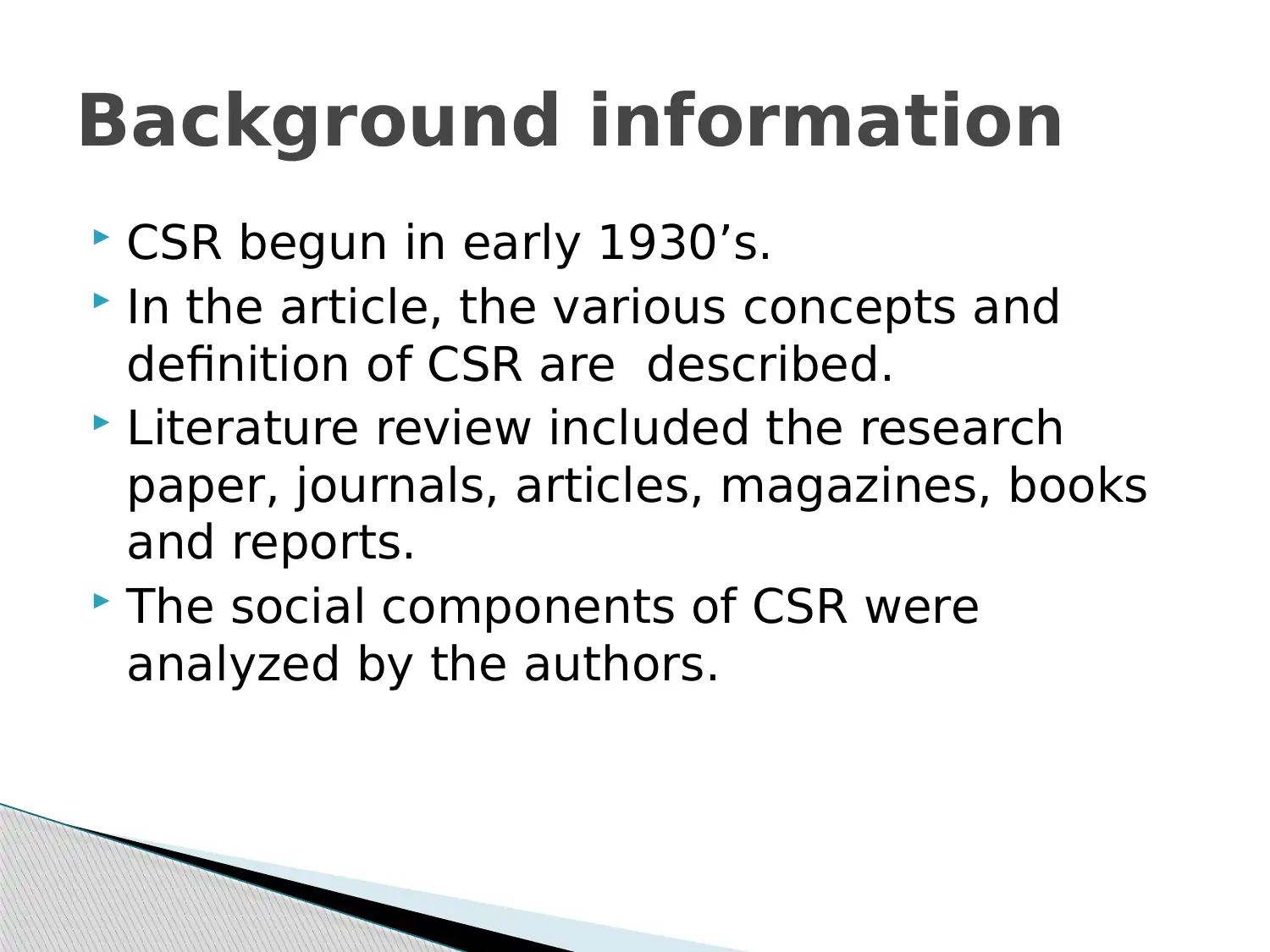
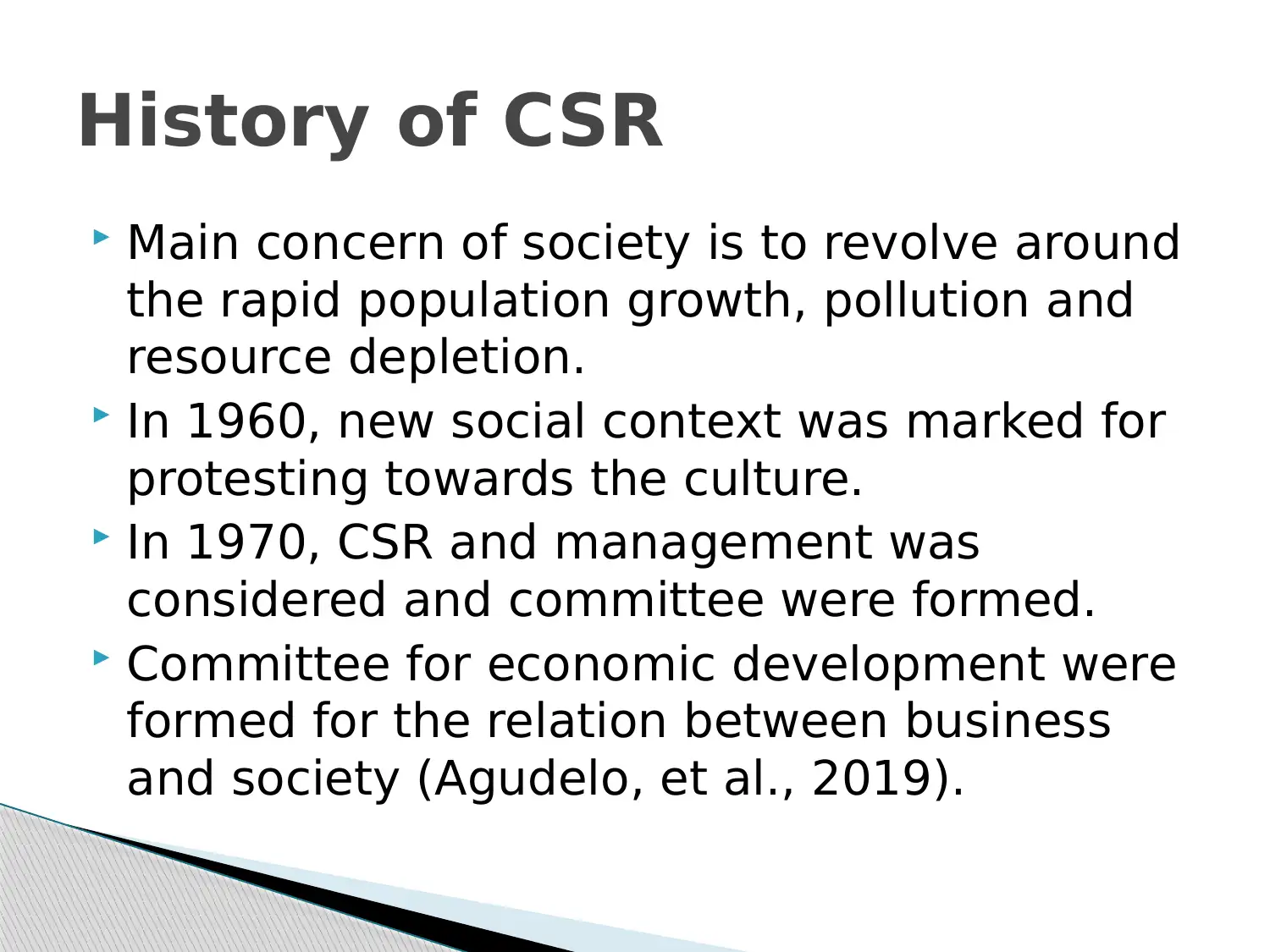
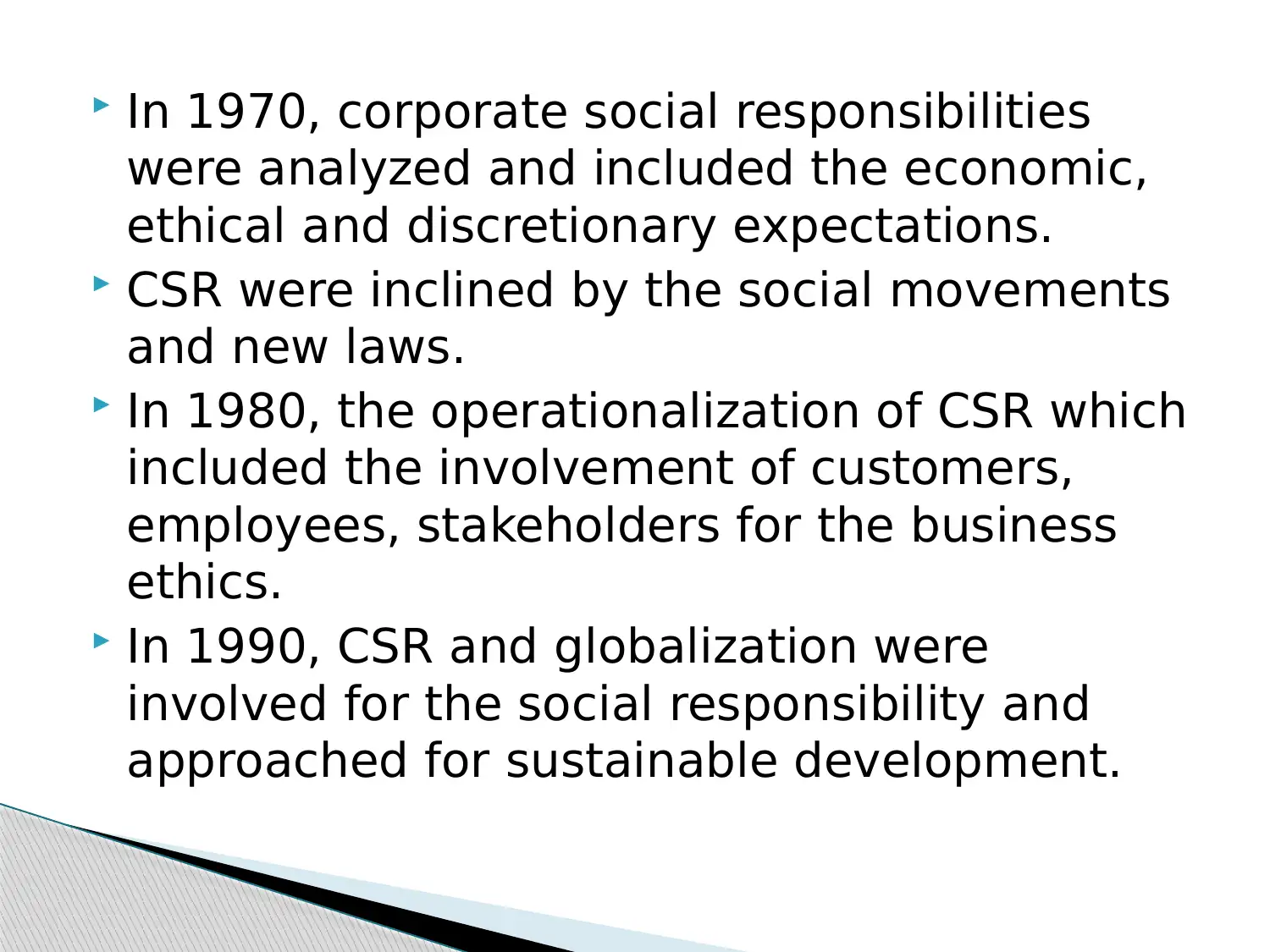
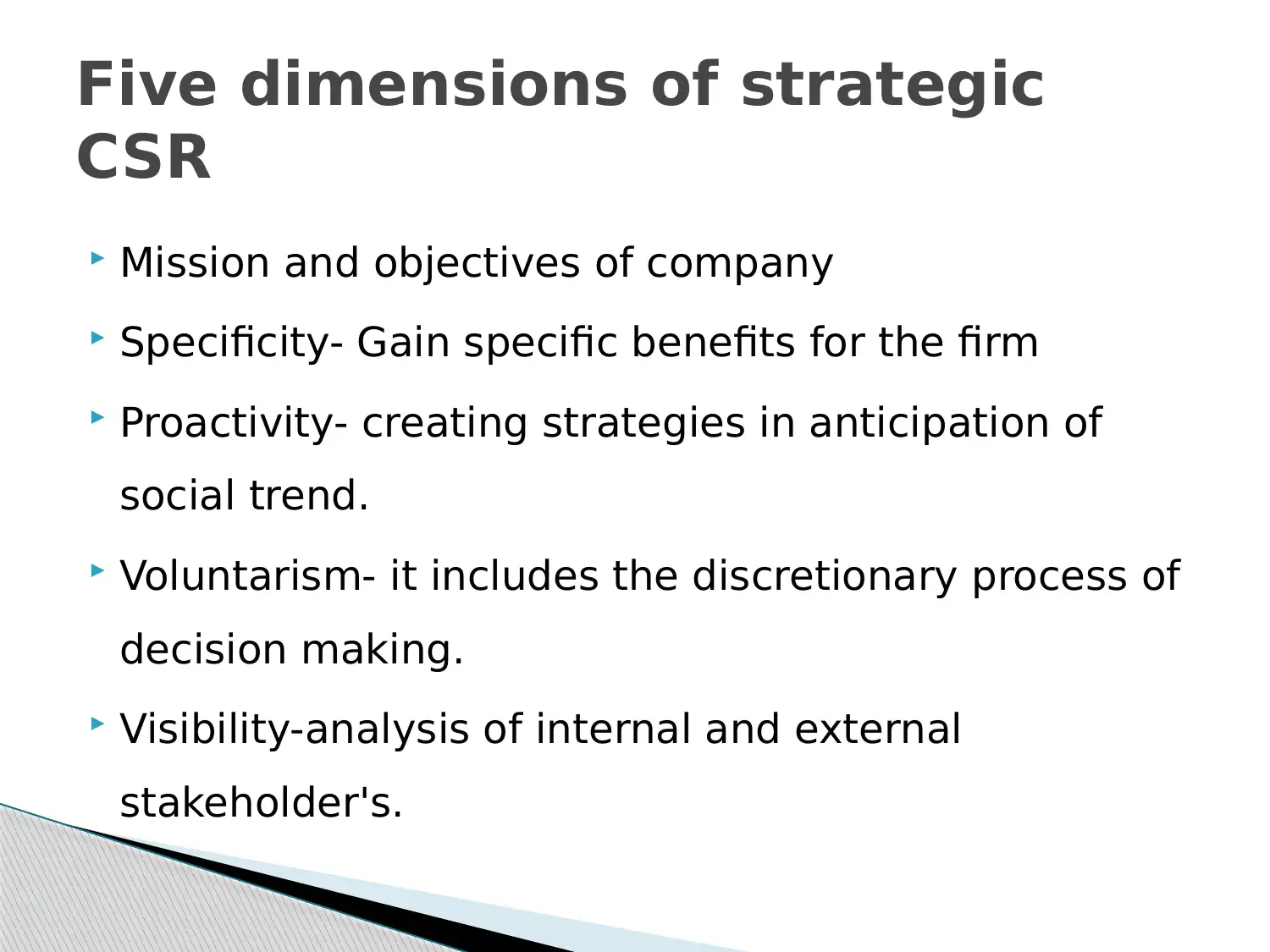
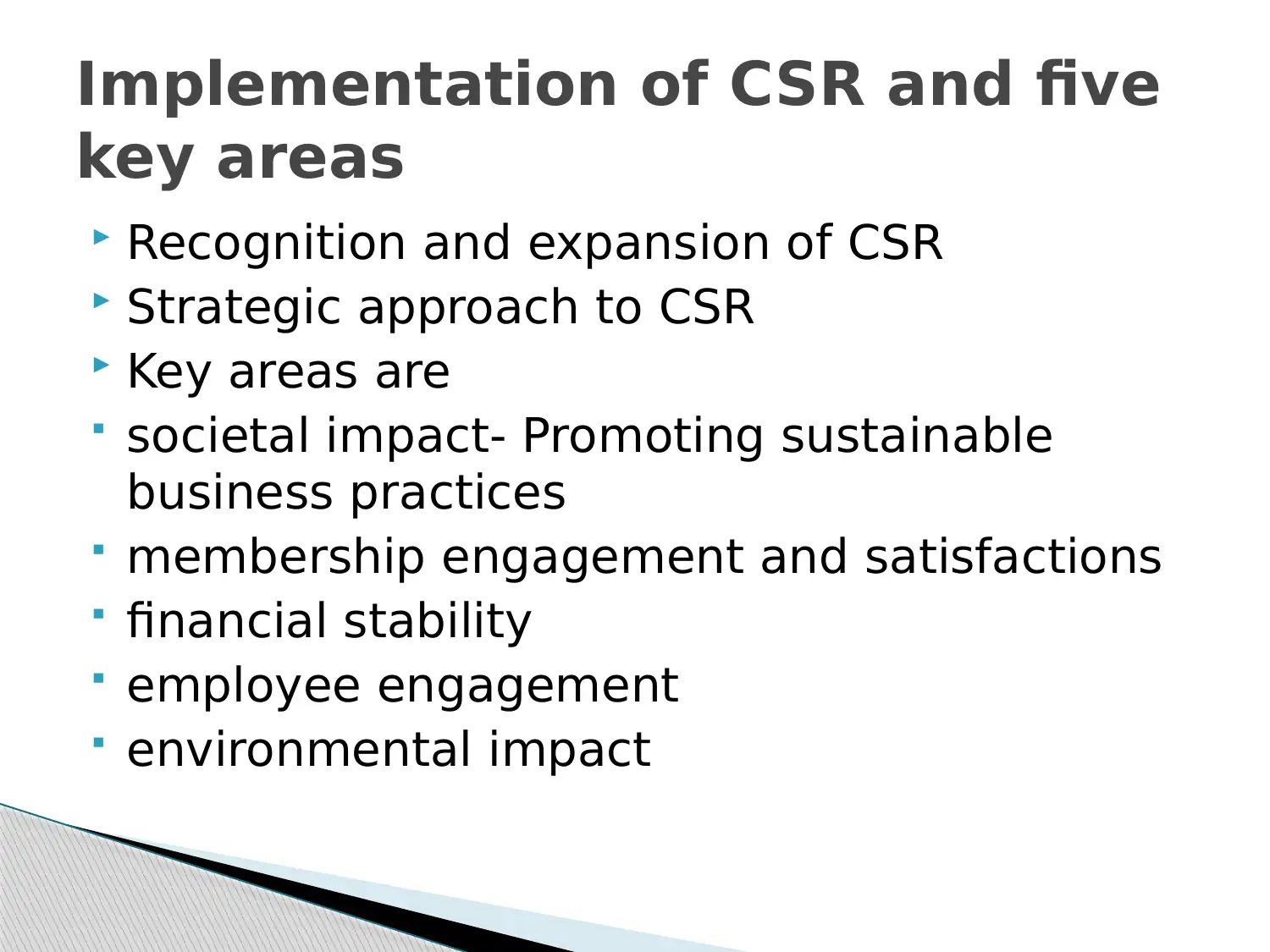
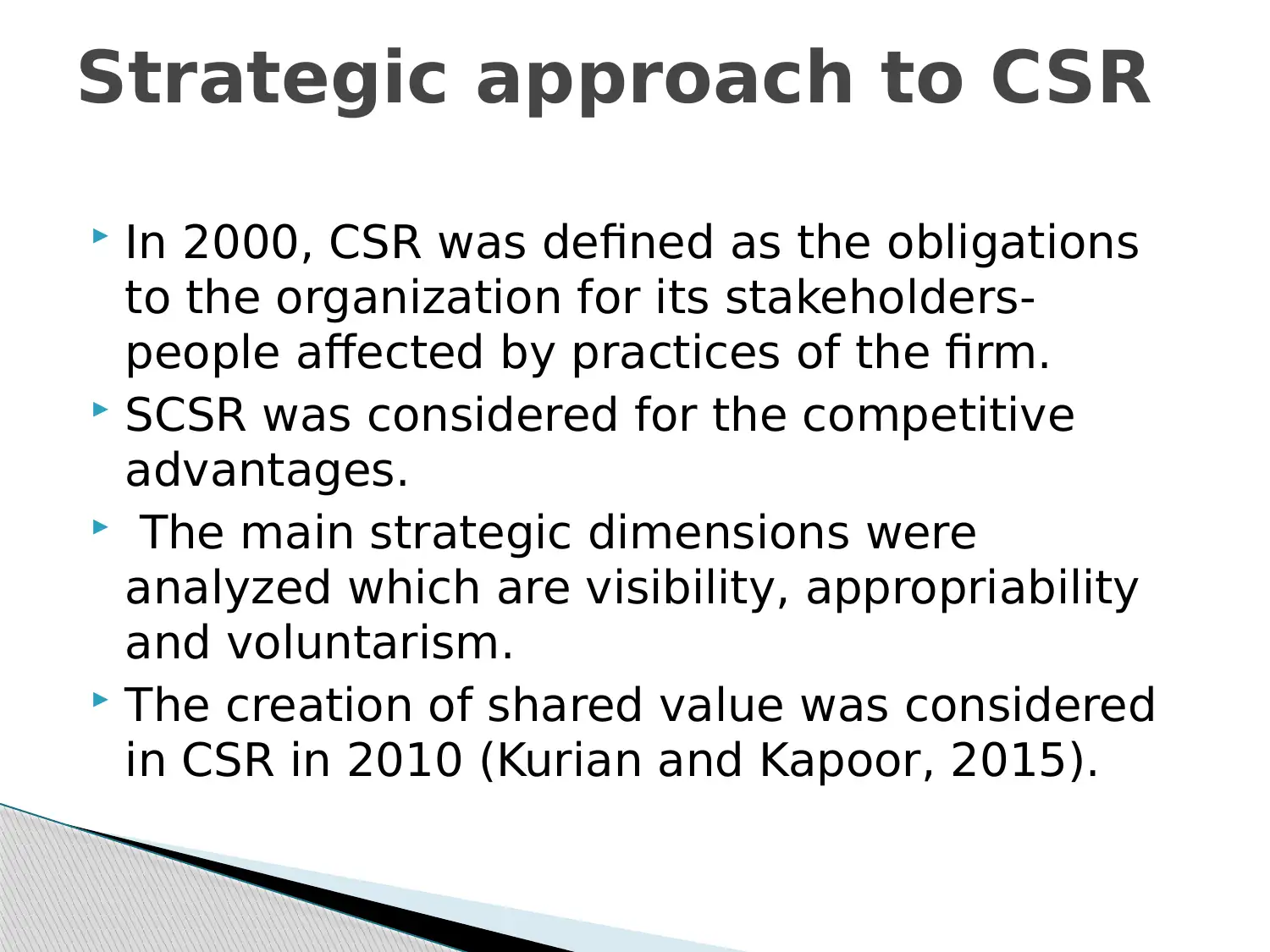
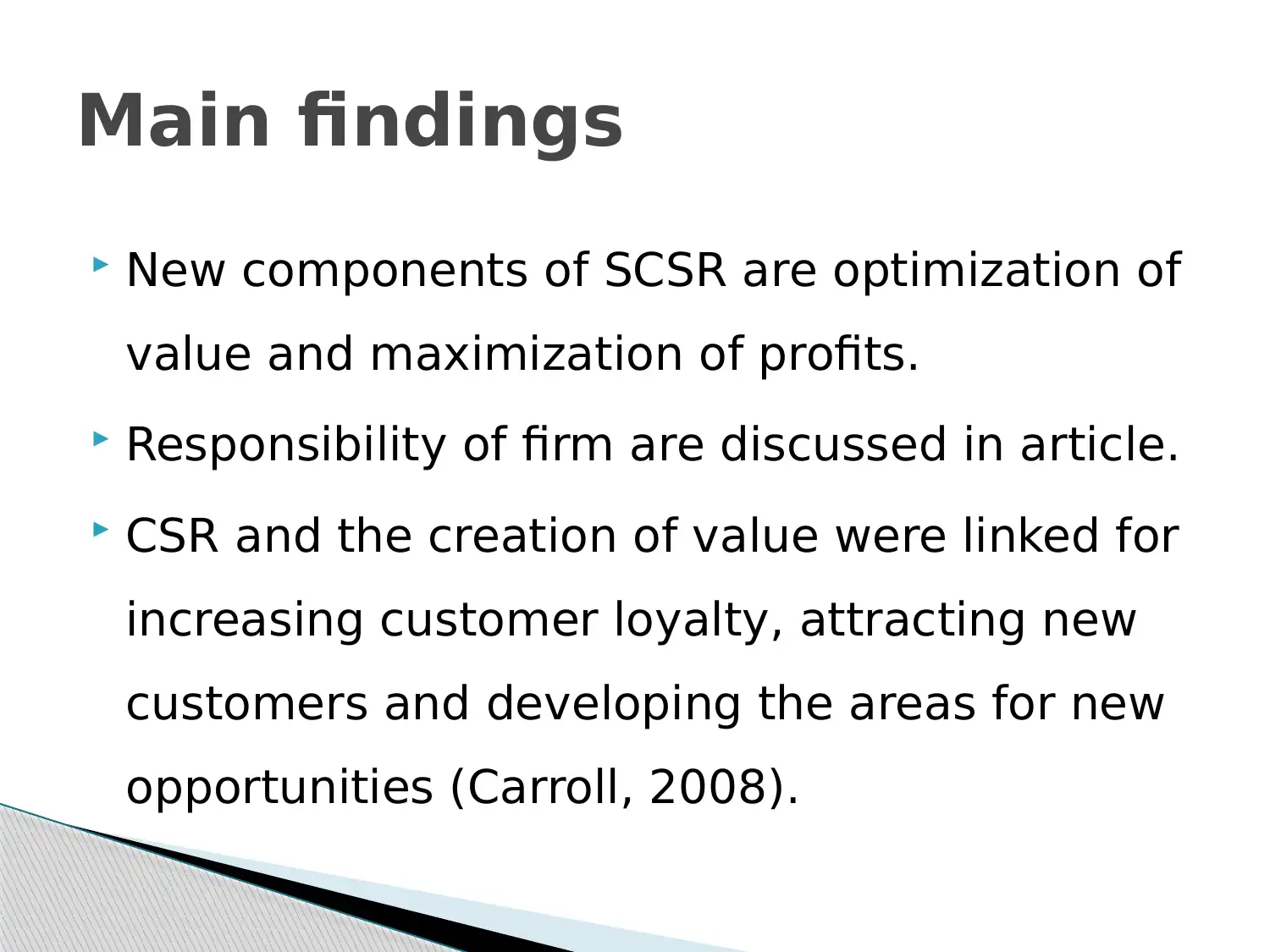
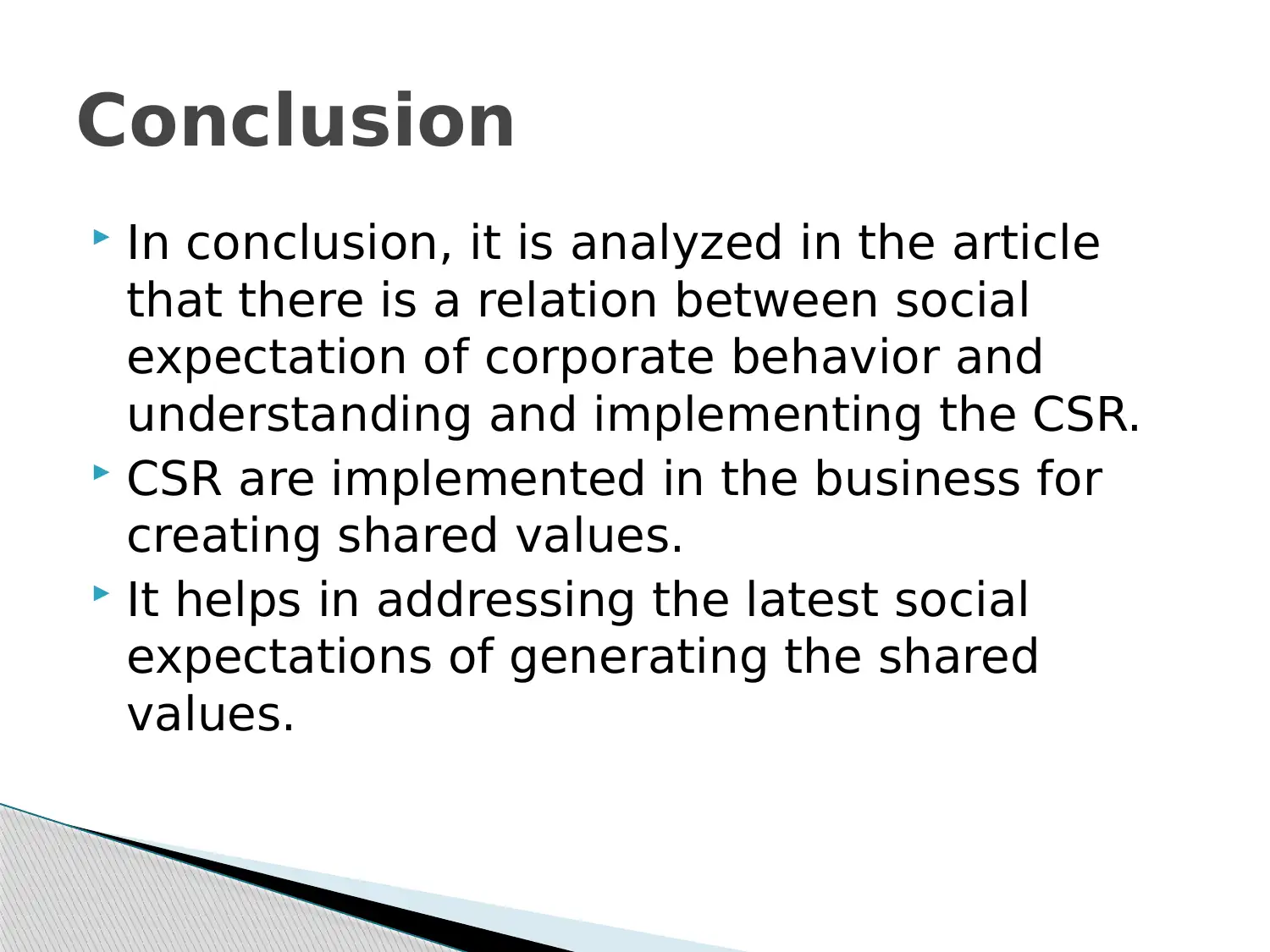
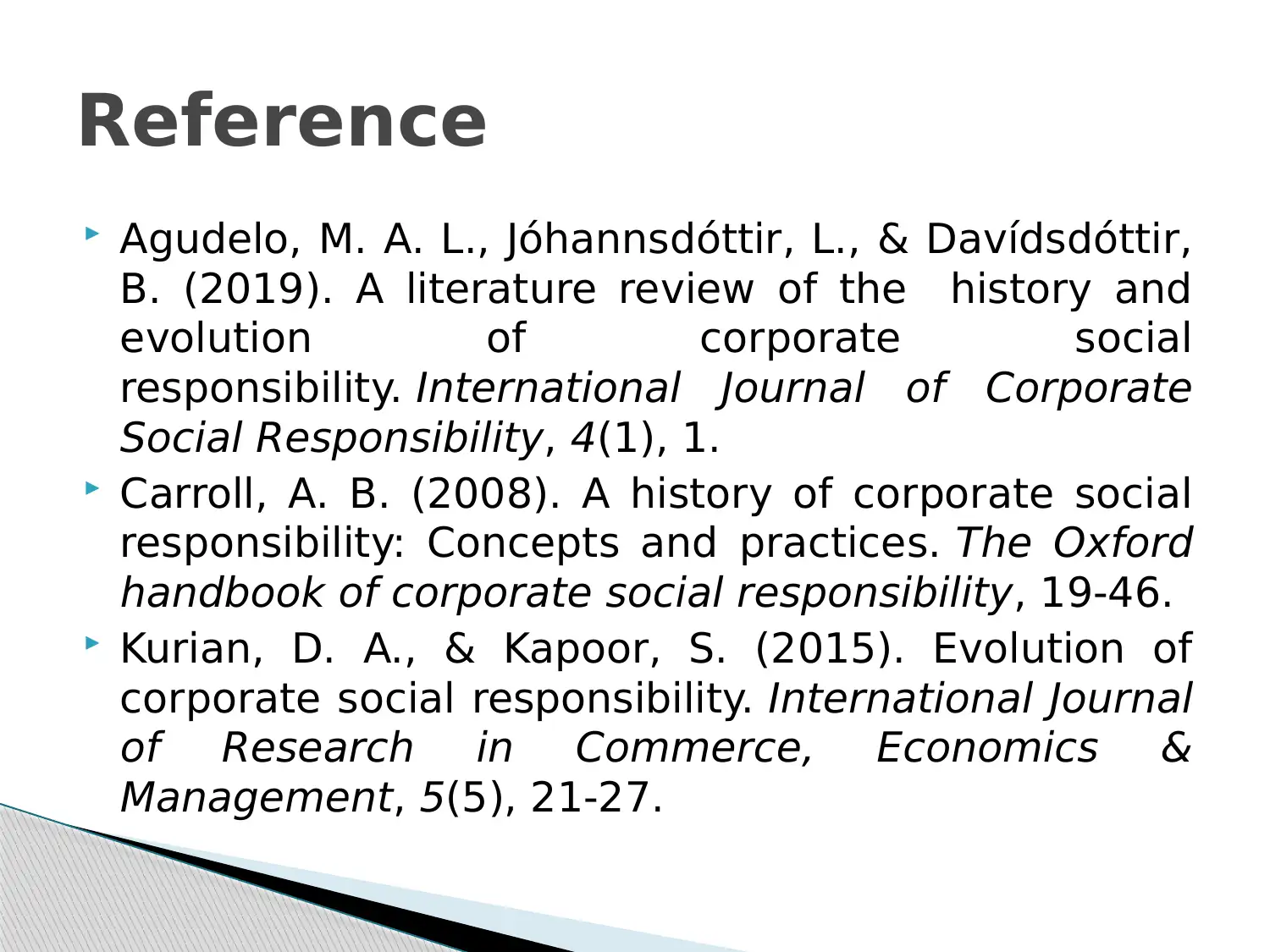






![[object Object]](/_next/static/media/star-bottom.7253800d.svg)